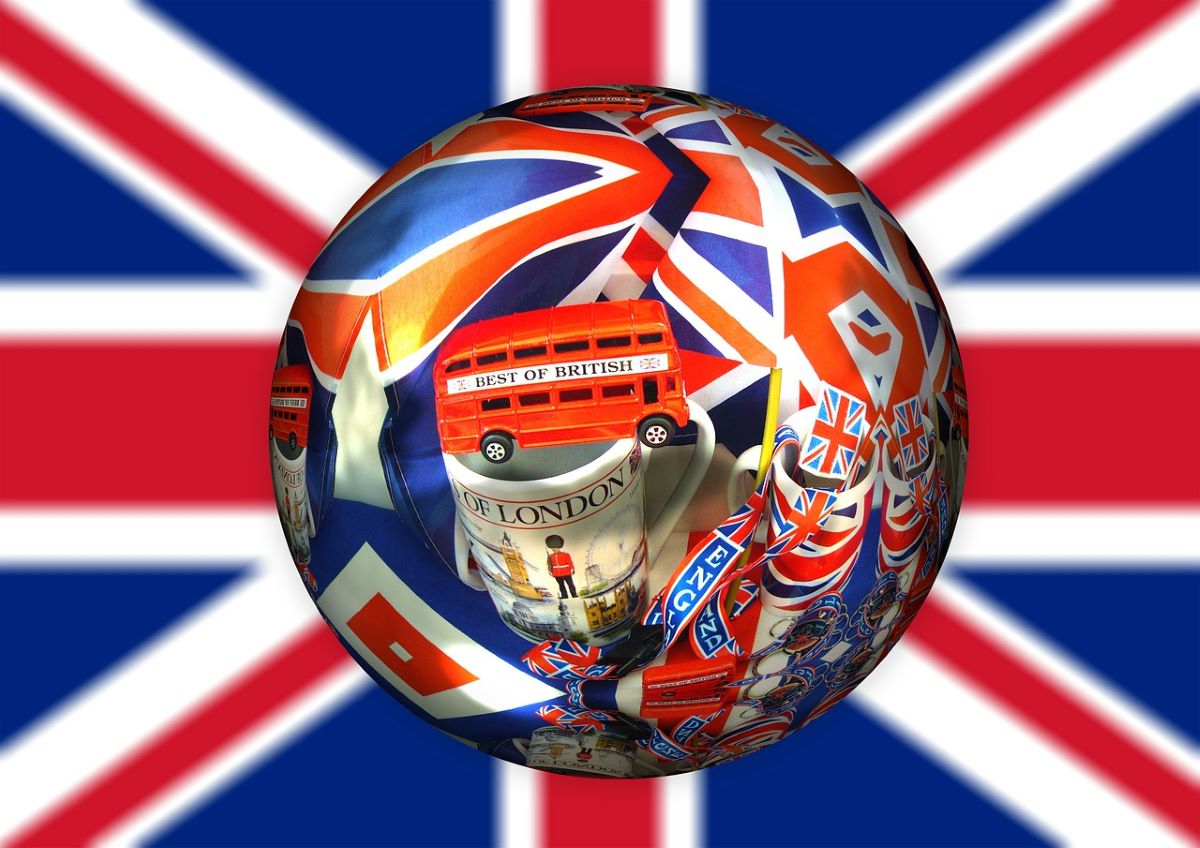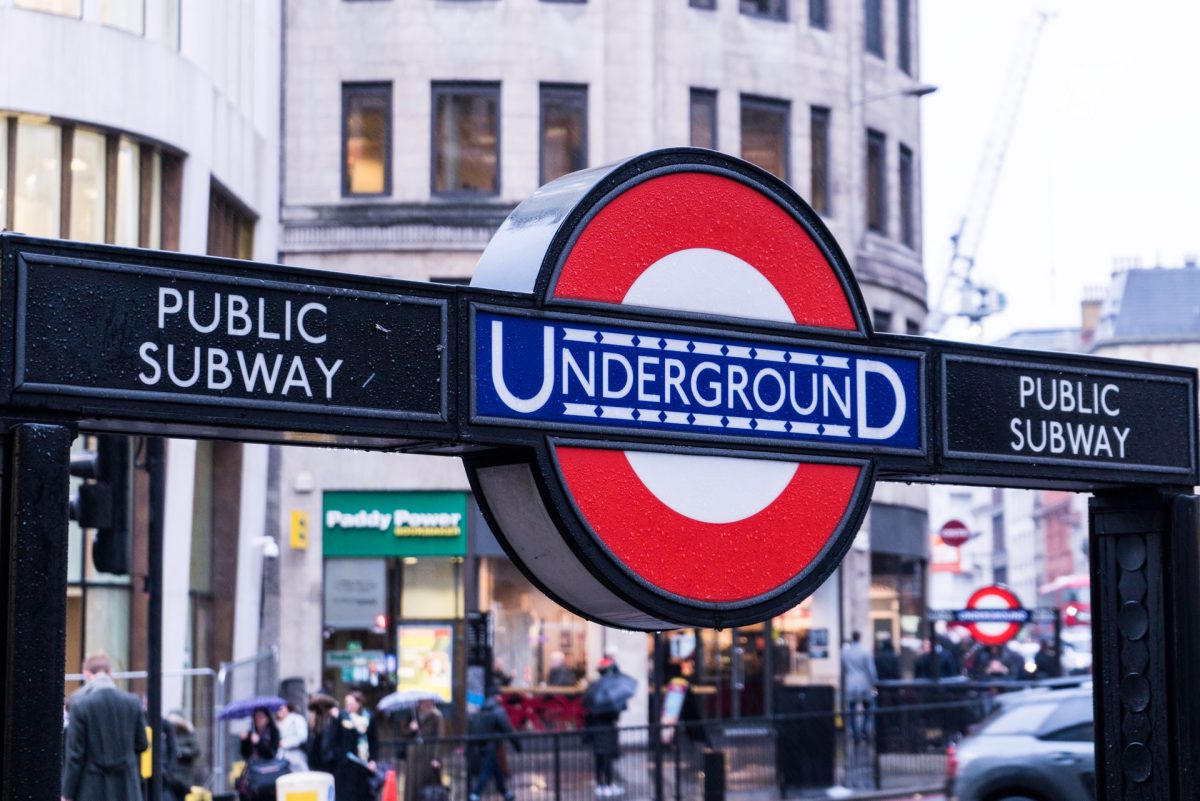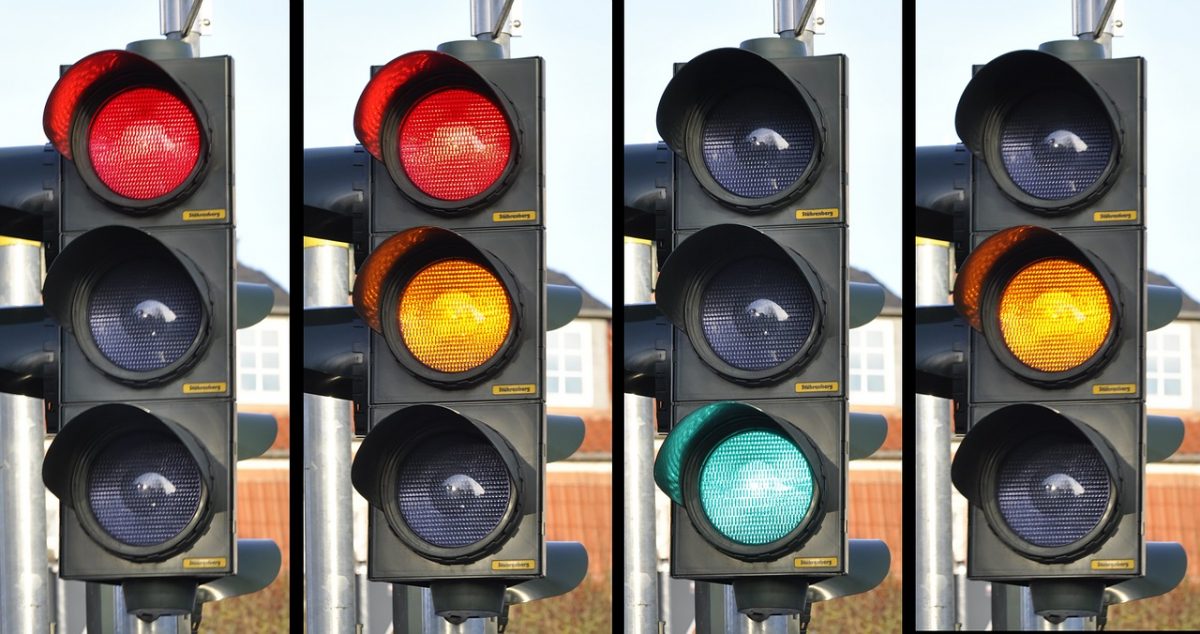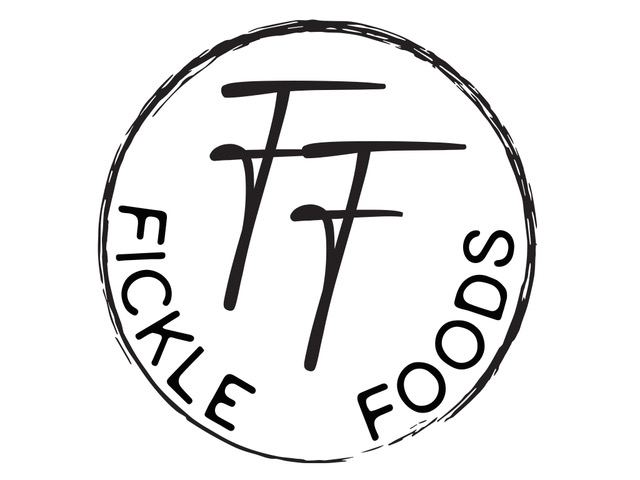
Although you are still in South Africa and in the planning stages, we thought you may want to have a look at life in the United Kingdom some of the things that you can expect once you are settled.
The United Kingdom ranks above the average in personal security, environmental quality, civic engagement, social connections, health status, jobs and earnings, income and wealth, education and skills, and subjective well-being.
On top of the amazing history at your fingertips, upon moving to the UK, you’ll be on the doorstep of some of the top museums, best music, and even greatest sports teams in the world.
The UK is an incredibly accessible area. With Heathrow as a major hub for worldwide travel, it makes it so easy to travel to holiday destinations in Europe whenever you feel like it.
Greater London is the best connected city with six airports and an international train station. However, Manchester, Liverpool, and Newcastle Airports also have frequent flights to France, Germany, Spain, and other European destinations.
Whether you’re looking for urban excitement or rural calm, life in the U.K. offers plenty of choices.

Cost of living in various towns and cities in the UK
- Take a look at Numbeo to get an idea of living costs in the varies cities in the UK.
- Numbeo is the world’s largest cost of living database. Numbeo is also a crowd-sourced global database of quality of life data: housing indicators, perceived crime rates, healthcare quality, transport quality, and other statistics.
Things to know about the British culture
- Humor, tradition, and good manners are characteristics commonly associated with being English.
- British humor tends to be more dry, witty, sarcastic or high-brow
- Brits love to apologise
- Talking about the weather is a national sport
- Brits love to drink tea
- Many Brits love pub life and often have their favourite local where they may go after work or on weekends to meets friends and relax.
- English is the main language spoken by approximately 98% of the population in the UK with numerous dialects. Accents can vary tremendously from south to north.
- The official state-sanctioned religion in the UK is the Church of England which is of the Christian Protestant faith.
The weather
Yes the UK is known for its dreary weather, however its not that bad all year round.
The United Kingdom does have beautiful summers and can hit some pretty high numbers when it reaches high summer. The British heat is quite humid, so if you are moving from Durban to the United Kingdom you should be able to adapt to that quite easily.
They also have daylight saving, which means it can stay light right up to 10pm in the summer, giving you more time to spend in the garden.
It does snow in the UK in winter and its usually something people either love or hate.
Most cities in the south don’t get as much snow, and it often just settles on the ground before melting. Although on the odd occasion they have been known to have a fair bit of snow falling.
You will usually find there is more snow as you go up towards the North.
Winter is about dressing up warm in coats, scarves, gloves and boots, and as it gets closer to Christmas it starts to become very festive.
The houses have central heating, so although it is cold outside, you will be nice and toasty indoors.
Check the weather
Filling up your car with fuel
Be prepared to fill up your own car with petrol and pump up your own tyres. In South Africa there are petrol attendants who do this for you, but in the United Kingdom you do it yourself. In the United Kingdom, the petrol pumps are either self pay, where you can pay with your card at the pump, or you can go into the kiosk and pay there once you have put in petrol.
If you need air in your tyres, that is also usually self service, where you usually put a few coins in the machine. Although some petrol stations also offer it as a free service.
Have a look at some more information about driving in the UK.
Supermarkets
In the United Kingdom when you go to supermarkets be prepared to pack your own groceries. Also, make sure you take your own reusable bags as they do not supply free plastic bags anymore.
When you go to the supermarkets they usually have a one-pound or trolley coin system. You pop the coin into a slot on the trolley and off you go to do your shopping. When you are finished and re-attach your trolley to the trolley bay the coin is refunded to you.
Most of the popular supermarkets also do online shopping which is then delivered to your house.
Food in the UK
You may find the food in the United Kingdom differs from what you are used to in South Africa, however, but life in the United Kingdom is pretty good as there isn’t much that we can’t make or get here .
Many South Africans don’t stop making their favourite South African dishes when they move to the United Kingdom, so we created a page that has some lovely South African traditional recipes for you to enjoy.
Many South Africans that live in the United Kingdom have mastered making their own biltong with a biltong box. Or if you prefer to purchase it, here you will find some online biltong suppliers in our business directory.
Pets
If you have brought pets over, it is a good idea to get them microchipped just in case they go missing, although in the United Kingdom you will notice that it is extremely rare to see dogs running around in the streets.
If you are thinking of getting a cat or a dog when you arrive in the UK, then maybe consider adopting a rescue dog or cat as there are so many that have been abandoned and looking for a home.
Just contact your local dog or cat rescue centre and they should be able to help you.
There are some really good vets in the United Kingdom and there are also pet insurance companies. This is wise as treatment can be costly in the event that your pet gets ill or needs surgery.
If you take your dogs for a walk in the United Kingdom, they need to be on a leash.
Getting around
The towns in the United Kingdom can vary. You get the bigger busier cities like London if you like the fast pace, or you get the smaller towns and cities which are more laid back and of a slower pace, a lot of people enjoy cycling around the pretty countryside.
A lot of people enjoy traveling by train, and you can go pretty much anywhere in the United Kingdom using this method of transport.
Taxi’s and buses are easily available and a great way to commute to schools or work.
Driving in the UK
Speed limits
British roads are limited for most vehicles by the National Speed Limit. Road signs in the UK use imperial units, so speed limits are posted in miles per hour. Speed limits are the maximum speed at which certain drivers may legally drive on a road rather than a defined appropriate speed, and in some cases the nature of a road may dictate that one should drive significantly more slowly than the speed limit may allow.
Pedestrian crossings
There are two broad categories of pedestrian crossing to aid the safe passage across major roads by those travelling on foot.
- Traffic Light Controlled Crossings: Drivers are controlled by traffic light signals.
- Zebra Crossings: Black and white stripes are painted on the road and flashing amber Belisha beacons are on each side of the road. Drivers must give way to pedestrians on the crossing.
Some of the roads in the United Kingdom are narrow, so driving along them is something you will learn to master. Parking can be quite limited and often you will have to pay for parking.
Drive on the left hand side of the road. Observe all posted speed limits and road signs. Don’t drive if you are over the legal blood alcohol limit. You must stop at all STOP signs and red traffic lights.
Recycling
They are big on recycling in the United Kingdom, and there will be specific guidelines to follow according to the area you live in. However if you are ever unsure, you can just contact your local council or look online for information and guidance.
In most areas, different colour bags are used eg: normal household waste, and recycling.
There are also tips around the UK where you can take larger amounts of refuge.
Fly tipping in the United Kingdom, eg dumping rubbish in prohibited areas, is against the law. If you are caught doing this, you could end up receiving a hefty fine.
Postal services
Royal mail
Royal Mail is the UK’s designated Universal Postal Service Provider, supporting customers, businesses and communities across the country. General Logistics Systems (GLS), Royal Mail’s European parcels business, operates one of the largest ground-based, deferred parcel delivery networks in Europe.
Stamps can be bought at many outlets, including supermarkets and petrol stations. When writing to a British address, always include the postcode.
Main post office branches offer a variety of mail services. In more isolated areas, as well as in larger towns and cities, there are often small branches in newsagents, grocery stores and general information centres.
Within the UK, letters and postcards can be sent either first or second class; second-class mail is cheaper and takes a day or two longer.
The Royal Mail website can be found here.
Education
Is education in the UK good?
Britain is home to some of the world’s most prominent institutions of higher learning and ranked among the top universities in the world. Institutions such as the University of Cambridge, the University of Oxford, Imperial College London, and UCL consistently rank among the world’s top ten universities.
Is education free in the UK ?
In the UK education system, schools are either state schools funded by government and are free for all pupils, or they are independent schools and charge fees to the parents of the pupils. … There are also many excellent state schools, three of which award scholarships through HMC Projects.
Information about free education in the UK
School hours
Most schools in the United Kingdom start at 9 am and finish at 15h00. Some schools offer school lunches, or you can supply your own, in the United Kingdom a packed lunch is referred to as a pack up.
School uniform
Each school decides its uniform and must not discriminate based on sex, race, disability, sexual orientation, gender reassignment, religion or belief. Find out more about school uniforms in the United Kingdom.
About free school transport
Your children may be able to get free transport to school depending on how far the walk is, any special needs they have and whether the walk is safe.
Working in the UK
Some of the biggest sectors in the UK in terms of the number of employees
Wholesale and retail
- Healthcare and social work
- Administration
- Education
- Scientific and technical
- Manufacturing
- Hospitality
There are many job opportunities in the United Kingdom, and even if at first you cannot find a position in your chosen career, there are usually many other jobs available to keep you going until you find what you are looking for.
Workers in the UK are quite protected and if there are issues that cannot be resolved in the work place, there is a place called ACAS who gives employees and employers free, impartial advice on workplace rights, rules and best practice.
In the workplace, they are very strict on health and safety, and often when you start a job there is a lot of health and safety rules that must be adhered to. You will be instructed on the health and safety rules and regulations when your induction is done.
The UK national minimum wage is updated each year.
Housing
Housing costs take up a large share of the household budget and represent the largest single expenditure for many individuals and families, by the time you add up elements such as rent, gas, electricity, water, furniture or repairs.
The main types of houses in England are:
- Detached (a house not joined to another house)
- Semi-detached (two houses joined together)
- Terrace (several houses joined together)
- Flats (apartments)
A lot of the houses in the United Kingdom are smaller than what you are used to in South Africa, and don’t have the wide spaces in between them.
It is also not often that you will see houses with swimming pools like you do in South Africa.
Most of the houses use either gas or electricity.
The gardens can be smaller than what you are used to in South Africa, and due to space being restricted and roads being narrow, you will often see cars parked along the side of the roads if off road parking is not available.
Due to the UK having extremally cold winters, the houses are built to keep heat in, and have double glazed windows.
Summers have become increasingly warmer and the fact that houses are built to keep the heat in, can make the humidity quite uncomfortable during the really hot days.
It may be wise to get a fan, a cooler or even a portable aircon, as these are becoming more popular for the extreme heatwaves that the UK can experience during summer.
Of course its a lot easier in winter as most of the houses have a central heating system.
If you are looking for accommodation have a look at this page on our website.
Useful links with information about the United Kingdom

Some things you need to know about the United Kingdom if you are moving from South Africa:
- The economy in England is stronger and more stable.
- The education system in England is far superior.
- Travel to the rest of the world is significantly easier from England.
- Most houses in the United Kingdom have central heating for the cold winter months.
- The United Kingdom has rich natural beauty.
- Relatively stable politics
- The power of the pound
- The United Kingdom’s economy is massive
- South Africans who immigrate to the UK usually find work within a few months
- The United Kingdom has a remarkable history at your fingertips.
- Some of the world’ top museums
- Some of the greatest sports teams in the world.
- Once you become a legal resident of the UK, you’ll have access to the National Health Service (NHS)
- Britain is a world leader when it comes to medicine and research and has some of the best hospitals you can find.
- There are 24 commercial international airports
- The United Kingdom has some of the best schools and universities in the world
- Standard UK schooling is covered by your taxes.
- If you work a full-time job in the UK, you will enjoy the 28 paid days off per year that is mandated by law.
Scotland

Scotland is known for its friendly people, stunning scenery and vibrant cities.
Lifestyle in Scotland
Scotland is home to a diverse range of lifestyles reflecting both its rural and industrial past. While many residents continue to enjoy farming, the majority pursue careers in large cities. Traditional foods, dress, and music are still part of the Scottish culture.
The main thing to remember is that you are in a new country which of course will differ in various ways from what you are used to. So it’s important to stay positive and try and embrace this new culture. It’s not easy at first, but in time you will adapt and before you know it, you will be loving life in the United Kingdom!
Standard of living in Scotland
A comfortable lifestyle, that is less expensive than many other areas in the UK. Healthcare, where they have a high-quality healthcare system. Education – excellent schools and renowned universities. Safe – a secure place to live
Weather in Scotland
December, January and February are generally the coldest months in Scotland, with the average maximum temperature usually around 5°C. The average number of days with snow falling in Scotland ranges from 15 to 20 days. However, the peaks and mountains of the Highlands experience around 100 days of falling snow.
Working in Scotland
When it comes to job opportunities, Scotland has something for everyone.
Career opportunities
Public transport in Scotland
- Driving. You will need to know the Scottish driving laws and regulations
- Getting around Scotland by train
- Information about travelling by bus or coach in Scotland
- Getting around Scotland by ferry
Healthcare in Scotland
- Healthcare rights
- Immigration health surcharge
- Find a GP
- Find a dentist
- Find an A&E or minor injury unit
- Find a pharmacy
- Find an optician
- Find a hospital
- Healthy living
Education in Scotland
Scotland is home to some of the world’s best universities – and they have led the world in their commitment to excellence in education for more than six centuries
- The Scottish education and school system
- Finding a school
- Find out more about universities in Scotland
- Find out more about colleges in Scotland
- English for speakers of other languages
Where to live in Scotland and accommodation
- Where to live in Scotland
- Renting or buying property in Scotland
- Council tax























